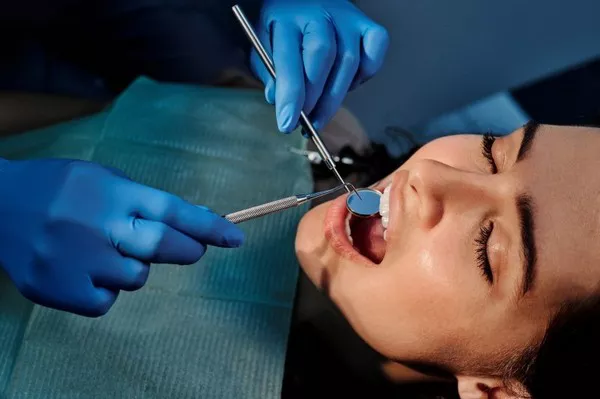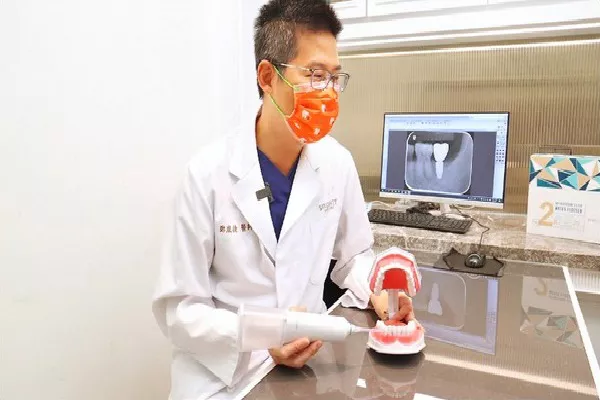In the realm of dental health, the emergence of wisdom teeth is a common occurrence. However, an unwelcome companion to this natural process is the potential development of dry socket. This article delves into the intricacies of dry socket associated with wisdom teeth, exploring its causes, symptoms, prevention strategies, and effective treatment methods.
What is Dry Socket?
Dry socket, also known as alveolar osteitis, is a painful condition that can occur after the extraction of wisdom teeth. Unlike a typical healing process, where a blood clot forms at the site of extraction, dry socket occurs when this blood clot dissolves or is dislodged before the wound has adequately healed.
Causes of Dry Socket:
The primary cause of dry socket is the premature dislodgment or dissolution of the blood clot that should protect the underlying bone and nerves. Smoking, poor oral hygiene, and bacterial infection are common contributors to this occurrence.
Smoking and Dry Socket:
Research suggests that individuals who smoke are at a higher risk of developing dry socket after wisdom teeth extraction. The chemicals in cigarettes can hinder the blood clotting process, delaying the healing of the extraction site.
Poor Oral Hygiene:
Inadequate oral care can also lead to dry socket. Failing to follow post-extraction care instructions, such as gentle rinsing and avoiding certain foods, may disrupt the formation of the protective blood clot.
Bacterial Infection:
Infections at the extraction site can increase the likelihood of dry socket. Maintaining oral hygiene and following prescribed antibiotic regimens are crucial in preventing bacterial complications.
Symptoms of Dry Socket:
Recognizing the signs and symptoms of dry socket is essential for prompt intervention and effective treatment.
Intense Pain:
The hallmark symptom of dry socket is severe and throbbing pain that typically begins a few days after the extraction. This pain may radiate to the ear and neck, indicating the involvement of surrounding tissues.
Unpleasant Taste and Odor:
Patients with dry socket often report a foul taste in their mouth and bad breath. This is a result of exposed bone and the absence of the protective blood clot, allowing bacteria to thrive in the extraction site.
Visible Bone:
In severe cases, the underlying bone may become visible at the extraction site. This is a clear indicator of dry socket and requires immediate dental attention.
Prevention Strategies for Dry Socket:
While the occurrence of dry socket cannot be guaranteed, there are several precautionary measures that can significantly reduce the risk.
Follow Post-Extraction Instructions:
Adhering to the post-extraction care guidelines provided by your dentist is crucial. This includes refraining from smoking, avoiding certain foods, and gently rinsing the mouth as instructed.
Maintain Good Oral Hygiene:
Practicing good oral hygiene before and after the extraction is paramount. Regular brushing, flossing, and using an antiseptic mouthwash can minimize the risk of infection.
Avoid Smoking and Tobacco Products:
If possible, abstain from smoking and using tobacco products during the healing process. The detrimental effects of nicotine on blood clot formation increase the likelihood of dry socket.
Treatment Options for Dry Socket:
In the unfortunate event of developing dry socket, seeking prompt professional care is essential to alleviate symptoms and expedite healing.
Pain Management:
Dentists often prescribe pain relievers to manage the intense discomfort associated with dry socket. Additionally, topical anesthetics may be applied directly to the affected area for targeted relief.
Cleaning and Dressing the Socket:
The dentist will carefully clean the extraction site to remove debris and bacteria. A medicated dressing may be applied to promote healing and protect the exposed bone.
Follow-Up Care:
Patients with dry socket require regular follow-up appointments to monitor progress and ensure proper healing. Dentists may recommend additional measures based on the individual’s response to treatment.
Conclusion:
In summary, understanding dry socket associated with wisdom teeth is crucial for maintaining optimal oral health. By exploring the causes, symptoms, prevention strategies, and treatment options, individuals can make informed decisions to minimize the risk of this painful condition and ensure a smooth recovery process after wisdom teeth extraction. As with any dental concern, seeking professional advice and following prescribed guidelines are fundamental steps towards a healthy and pain-free outcome.
































